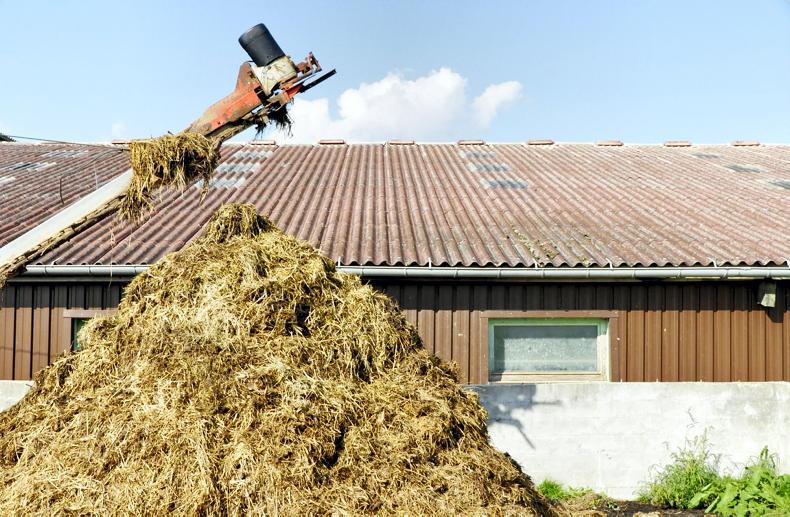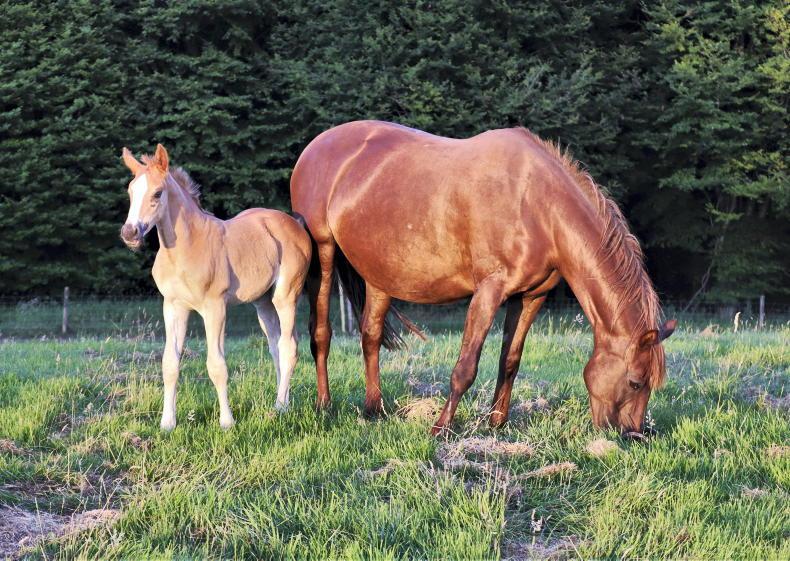THERE has been encouragement recently to see the inclusion of clover in swards as a potential solution to the current fertiliser crisis. Stephen Flanagan, CAFRE advisor, explains why: “Clover is a longer term solution to rising fertiliser prices as it converts nitrogen from the air into useable nitrogen for the surrounding plants, i.e., grass, so technically free nitrogen when the soil fertility is correct for pH, phosphorus and potassium.”
One of the downsides is that the sward has to have at least 30% clover content. CAFRE research has shown that under ideal conditions clover can fix up to around 150 kg of free nitrogen per hectare when there is at least 30% clover content. Unfortunately for horse farmers the use of clover at the required levels of 30% for optimum impact are above recommended amounts for horse safety.
Horse health expert Sarah Braithwaite warns against excess clover in equine pastures explaining: “When eaten in appropriate amounts, clover can be a valuable nutrient for the horse.
“However, consumption of clover becomes problematic whenever the percentage of certain types of clover increases in the pasture or forage mix above 20%.”
For some horses, eating too much clover or being exposed to unhealthy clover, can create a number of problems. Such problems include extreme obesity, increased salivation (slobbers), and even conditions of lactation in non-pregnant horses.
Other symptoms occasionally include tearing, skin lesions, difficulty breathing, and increased urination and feed refusal.
Fungal infections
According to Braithwaite, Clover itself rarely causes health problems in horses but the danger can be clover toxicity caused by the fungi that can propagate on the leaves and stems of the mouldy plant.
Clovers are susceptible to fungal infections under certain environmental conditions and when growing on compacted soil with poor fertility. Warm days and cooler nights typical of late summer and early autumn create heavy dews, which seem to create ideal conditions for fungal growth.
“There also appears to be a causal relationship between the stressed clovers and the spike of mud fever which typically occurs during late summer and early autumn,” says Braithwaite.
“Either ingestion of a mycotoxin produced by the fungal growth or perhaps even skin contact with the irritating mycotoxin may be a contributing factor to this skin reaction.”


 This is a subscriber-only article
This is a subscriber-only article
 It looks like you're browsing in private mode
It looks like you're browsing in private mode









SHARING OPTIONS: